
Yesterday I walked out of RTR Fm, feeling as though I had been sort of some traumatic experience. Over the past two days I have had to put my public speaking to work. I signed myself up to speak on Climate Change and Sustainability over a year ago, after returning home from Samoa But when it came crunch time it turned out to be a bit of a daunting experience for me. I would say I probably average about 20 minutes of speaking per day. Even just in the practise sessions were a I sat in the car speaking to myself, my jaw started ceasing up from talking too much. Then when it came to the big d-days my mind went to mush and all my well thought out ideas didn’t come at as expected. I think all the acting and performing skills were granted to my sisters. So I thought I would use the blog as a forum to pretty much say what I wanted to say but in a more articulated and less nerve racking environment.
I went to Samoa on a mission to have an environmental design experience. I thought by heading out into the Pacific on an island where imported materials are relatively expensive and hard to find, I would have a limited palate of materials to work with which would automatically prompt environmentally considerate design pieces.
Also the experience of viewing an undeveloped nation where traditional crafts and lifestyles are practiced would be a grat source of inspiration.
As it turned out I didn’t get a great deal of time to produce my own design work, but I did have strong sustainable design encounter. Samoans have not had to go full circle like western nations to realise that sustainable lifestyles are the healthiest ways of living. Instead Samoan lifestyles are living breathing and working examples of sustainability. Samoa is small and isolated but culturally the place is still rich in traditional culture. Samoa is has not progressed significantly since the colonisation of the island in the late 1800’s by Germany. The island is a prime example of sustainable living.
Samoans still practice self-subsistence lifestyles. On small ½ plots families farm the necessary foods to supply the re entire family.
Samoans fish in local lagoons to supplement their food sources.
Most people live in open fales. Traditionally these buildings were constructed entirely from locally sourced materials. The structure built from local hardwoods. The roof clad with pandanus leaves. Blinds woven from coconut palms.
Admittedly the infiltration of western materials has seen the introduction of non natural materials into the fale structure such as roofing iron.
The buildings are designed with high ceilings and are very open designs to enable the airflow to move through the building and naturally cool the building. There is no need for air-conditioning.
Homes are furnished minimally; generally a woven pandanus mat will do for sleeping. Samoans homes are not cluttered with a whole lot of material crap.
One of the most striking things in the Samoan culture is the simplicity of people’s lifestyles. This yearlong experience of living in sustainable country has made a massive impression on my life. In some ways I feel that we have indoctrinated these indigenous cultures with the idea that ‘progressive’ development should model the west. Cultures should revolve around consumerism. Instead I think that in the event of Climate Change there is a need for western nations to look at the sustainable merits of indigenous cultures. We need work to protect this culture and empower people respect there indigenous ancestors.
When I returned home, the scale of everything in Australia was the most striking thing. Here in Perth we live in extravagance.
The average home is 227.6 sqm to house approximately 3 people. Compared with the 200 sqm homes of a Samoan that house around 8 to 15 people.
80 percent of Samoans use public transport as their sole form of transport. There are just 18,000 motor vehicles and 120,000 people living on the island that equates to just over 6.6 percent of the population relying on personal motor vehicles.
We have a heavy reliance on motor vehicles. In the 12 months ended in October 2007, 14.8 million vehicles were registered in Australia with a population of 22 million people. This equates to 67 % of the population using motor vehicles as their prime form of transport.
Consumption habits are a bit out of control, we purchase new products by the season. Our lifestyles have become disposable. When comparing the lifestyles of Samoans and Australians it becomes apparent that the Australian culture is very much fossil fuel dependent. This dependence on fossil fuels is creating disproportionate levels in the Carbon Footprint that each nation makes.
Australians produce 50% more Carbon emissions than people living in Kirabati.
However, despite Samoans and other Pacific island nations being role models in sustainable living. These island states, poor developing countries will be hit earliest and hardest by climate change, even though they have contributed little to causing the problem. The international community including Australia has an obligation to support pacific islanders in adapting to Climate Change.
The push and change is not going to come from the pacific. Pacific islanders live in isolated islands in the Pacific, they have very little resources to lobby for high carbon emitters to reduce their emissions. These nations have small political weight in a global context. But this is not to say there is not anxiety being expressed in the Pacific community about the prospect of climate change.
The Samoans are concerned but in a quite humble sort of way. With 90% of people practicing Christians and 700 churches to serve a population of 120,000 a lot of praying goes on to mitigate the islands of Samoa, from the devastation from natural disasters. At the beginning of the wet season a number of church’s hold special church services to pray for the country’s protection from cyclone and storm devastation. Government officials and churchgoers are encouraged to fast for half a day for a week in an attempt to ward off cyclones.
While I was living in Samoa Cyclone Damien hit Fiji in late December 2007 and caused some severe flooding and damage to infrastructure to the island. The cyclone was heading for Samoa and at the last moment diverted off into the Pacific Ocean. There was a bit of pacific rivalry occurring between the Samoans and the Fijians. The Samoans commented that the Fijians musn’t have been praying hard enough. I think the corruption currently going on in the Fijian government was also some of the logic behind, ‘Gods’ decision to hit Fiji with a cyclone.
With all respect I don’t think the Samoans fatalist approach will solve the problems of climate Change or divert storms from the coast of Samoa. However, the Samoans faith expresses their concern with the changing climate in the pacific.
Another aspect of life in Samoa is learning to chill out and take things easy. It is very hard to obviously raise concern and stress in a Samoan.
I worked for a small Non Government Organisation called Tagiilima Handicraft Association. The organisation is heavily reliant on Aid money, and the organisation was having trouble with being reissued with there funding. My work mates get paid the equivalent of 50 Australian dollars a week and they hadn’t been paid for over six weeks. On the sixth week of no payment the Electric Power Company arrived and cut the power to the office. This meant we had no power to work our computers and power tools. In this pretty dire situation my work mates would crack up laughing about the situation. There was no sense of urgency at the office, people just cruised about in the office. However, it was at this point that I lost it, I was fed up with the lack of action at the organisation and I moved onto a new volunteer assignment at the Samoa Museum. Six months later I returned on holiday and the same thing had re-occurred. At the reaction remained the same. People just cruise along in Samoa, the worst of situations are taken pretty lightly.
I suppose it is the fatalist response and the general relaxed atmosphere reaction, which explains why I am writing on the topic of climate change. We westerners are very reactionary. It wasn’t in my nature to chill out on such a threatening topic. Things like climate change get at you and you want to do something about it, take action. So a bunch of volunteers got to together to create a short film on the topic. We didn’t have a great deal of resources at hand. Just a sturdy old video camera and bit initiative saw us undertake the development of the short film Coral Currency takes a dive, Samoan tourisim in a warming world. For me this was a great way to get a better understanding of the specific implications threatening the Pacific Islands. I hope it assists you in putting a Pacific face to the implications of Climate Change.
To view the film follow the link to the Oxfam Website.



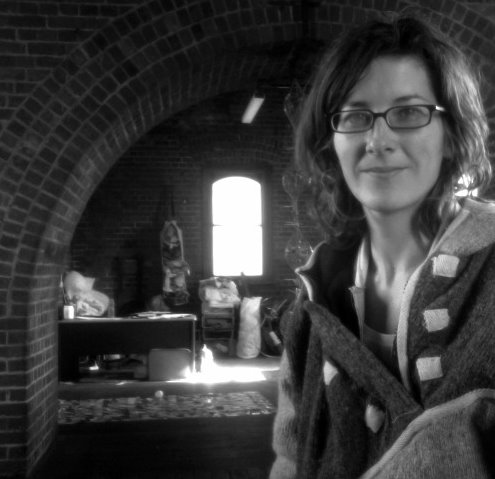


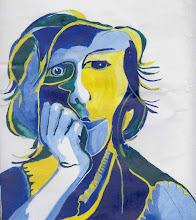
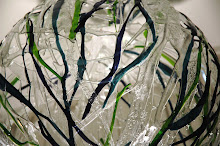








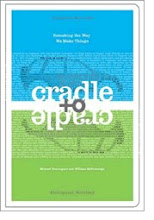
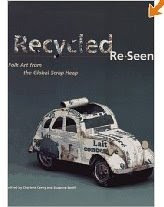




I really enjoyed reading this insightful post, thanks for sharing. What kind of home did you personally live in during your stay in Samoa?
ReplyDelete